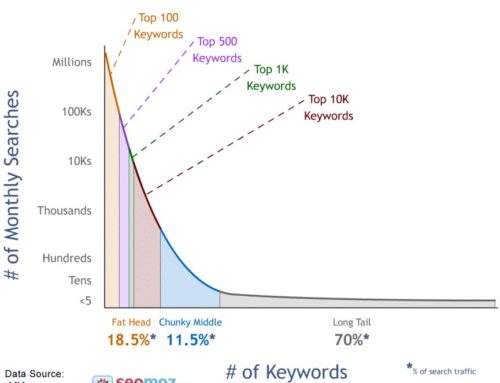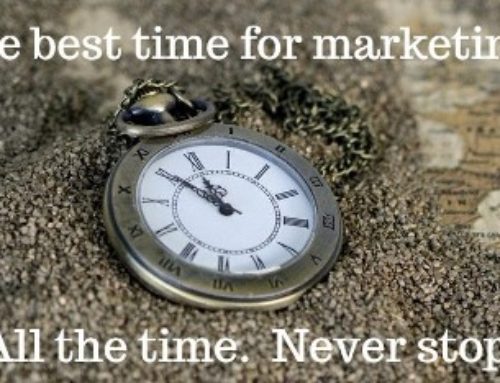![]() Like all social media sites, Twitter is set up to help small businesses make connections and build relationships. Why individuals/companies choose to connect with Tweeple on Twitter can vary. Some look for potential customers, some look for like-minded members on a wide variety of topics, and yet others look for someone with expertise they might need. There are no rules about who, or how many, people you can connect to and build relationships with. It can be helpful to use a Twitter Guideline or two to get you off on the right foot from the beginning.
Like all social media sites, Twitter is set up to help small businesses make connections and build relationships. Why individuals/companies choose to connect with Tweeple on Twitter can vary. Some look for potential customers, some look for like-minded members on a wide variety of topics, and yet others look for someone with expertise they might need. There are no rules about who, or how many, people you can connect to and build relationships with. It can be helpful to use a Twitter Guideline or two to get you off on the right foot from the beginning.
Twitter is a simple application to use. You invite people of interest to you to ‘Follow’ you by ‘Following’ them first. This is the Twitter form of an invitation to connect. Social protocol is to ‘Follow’ someone back. Ideally, you, or those wanting to connect with you will send a message explaining why they feel the two of you will make a good connection. In most cases, private messages can be sent directly to your connections there by way of a Direct Message (DM) system. Starting a conversation of some sort quickly goes a long way in building a relationship with your Twitter followers.
Lately, I have received quite a few notices of new Followers. In most cases, I will follow back someone who has taken an interest in me, read my biography and sent the invitation. But, there are several reasons that I absolutely will not ‘Follow’ someone back. Just as in real life, not everyone is meant to be a good fit just because they want to. Here is my list of ‘Do-Not-Follow’ Twitter Guidelines:
Do-Not-Follow Twitter Guideline #1:
There is no image of YOU – not you in a group, with a friend, as a baby, or as a pet. I participate on Twitter to meet real people, especially small business owners. Eventually I will become interested in my contacts as individuals with families and pets. At the connection time, I want to see your face. There are a lot of things we can tell from a head shot, and I like to have the opportunity to make my guesses about people early on.
How about a company logo? That will get a ‘Maybe’ for a ‘Follow’. I’ll immediately go to the biography page to see what you are about – which could bring me to D-N-F Guideline #2.
Do-Not-Follow Twitter Guideline #2:
You have no biography – I am just not willing to connect to someone who doesn’t want to share anything at all about themself. For all the world knows, you might be an ax murderer, serial killer, or have a porn site. In case you haven’t figured it out, those types are NOT on my list of must-get-to-know-this-person personalities. Sure, they might be fun in some weird, obscure way, but they don’t match my Twitter goals and objectives.
Do-Not-Follow Twitter Guideline #3:
Your brief biography tells me you are selling ‘Followers’. Twitter is not just about the numbers. It’s more about building relationships with people you are interested in. Just being able to show that you have 10,000 or 100,000+ Followers can be pretty worthless in the grand scheme of things.
Do-Not-Follow Twitter Guideline #4:
Your biography clearly shows that you are collecting numbers (of Followers). Most of these people seem to fall into categories like musicians, authors and head hunters/recruiters… and of course, those proudly and loudly selling Followers. Unless I get a message that clearly states WHY someone wants to connect to me, and it makes sense, those will get the quick ‘Delete’.
Do-Not-Follow Twitter Guideline #5:
This one usually comes later on, but is useful anyway. There are a ton of people on Twitter who will ‘Follow’ others for the simple reason of getting them to follow them back. Then, as soon as you have reciprocated and followed them back, they will delete you from their Follow list. It’s all about that numbers building game again. You can check their biography at the beginning to see how many Followers they have. If they have far more Followers than people they are following, that is a sign that you will quickly be ‘unfollowed’. Either don’t follow them, or use one of the services like Twellow, ManageFlitter or Tweepi. Each of these has a free version you can use, each with its own limitations. In addition to clearing out anyone who is no longer following you, you can also de-clutter your Twitter account by removing people who signed up for Twitter once up on time, but clearly are not active.
Twitter can be a useful tool to find new contacts and expand your list of social media contacts. Because of Twitter’s 140-character limit for messages, many participants use it to help people find their website or other social media pages. While you can’t do a lot of valuable ‘talking’ in 140 characters, getting Followers to your blog, website or social media pages where you have nearly unlimited space for conversation is invaluable. Like anything else of value, making a plan with clear goals and objectives is important for those seeking success for their efforts. Decide who, or what type of contacts you want to make, then plan a strategy to find and connect to those Tweeple.






